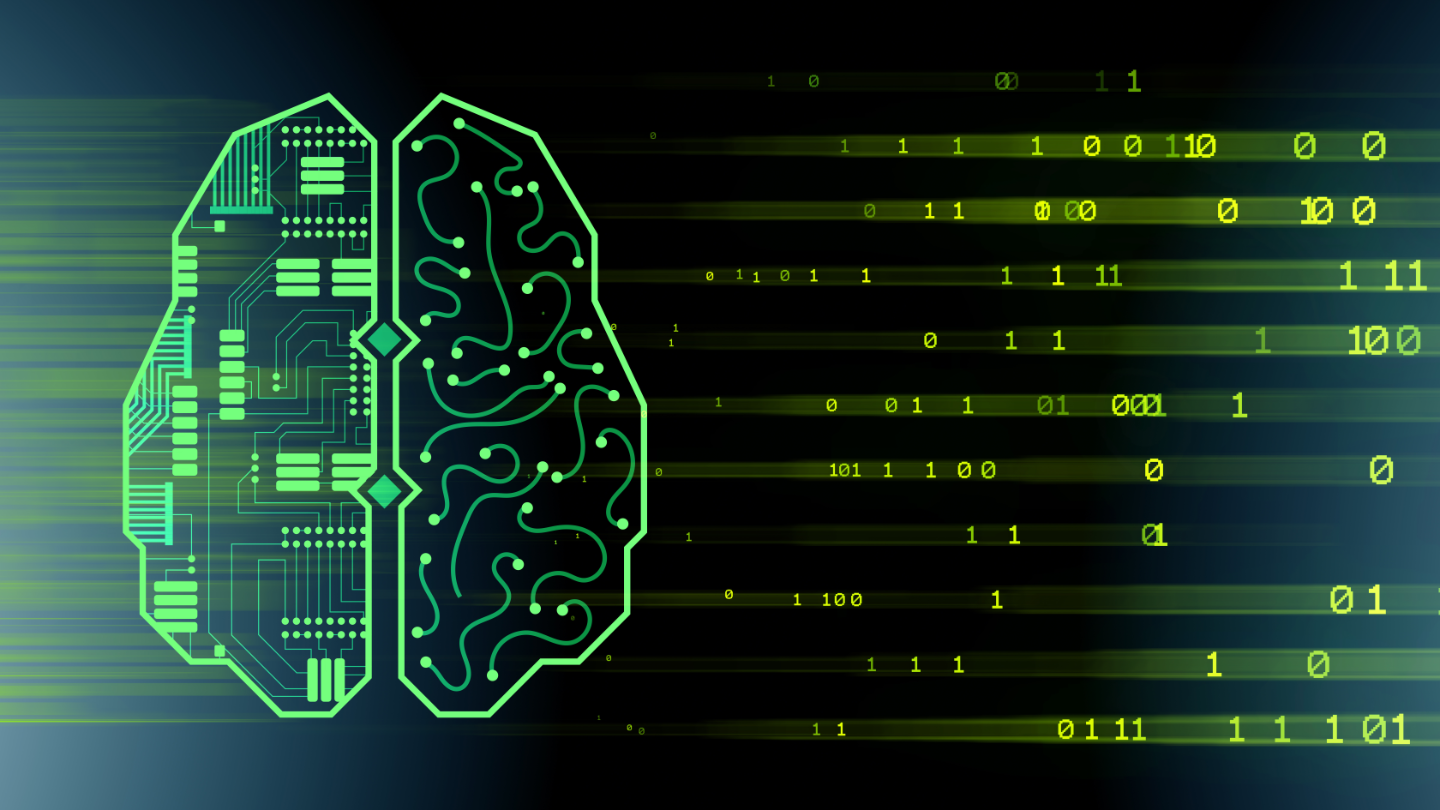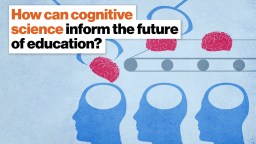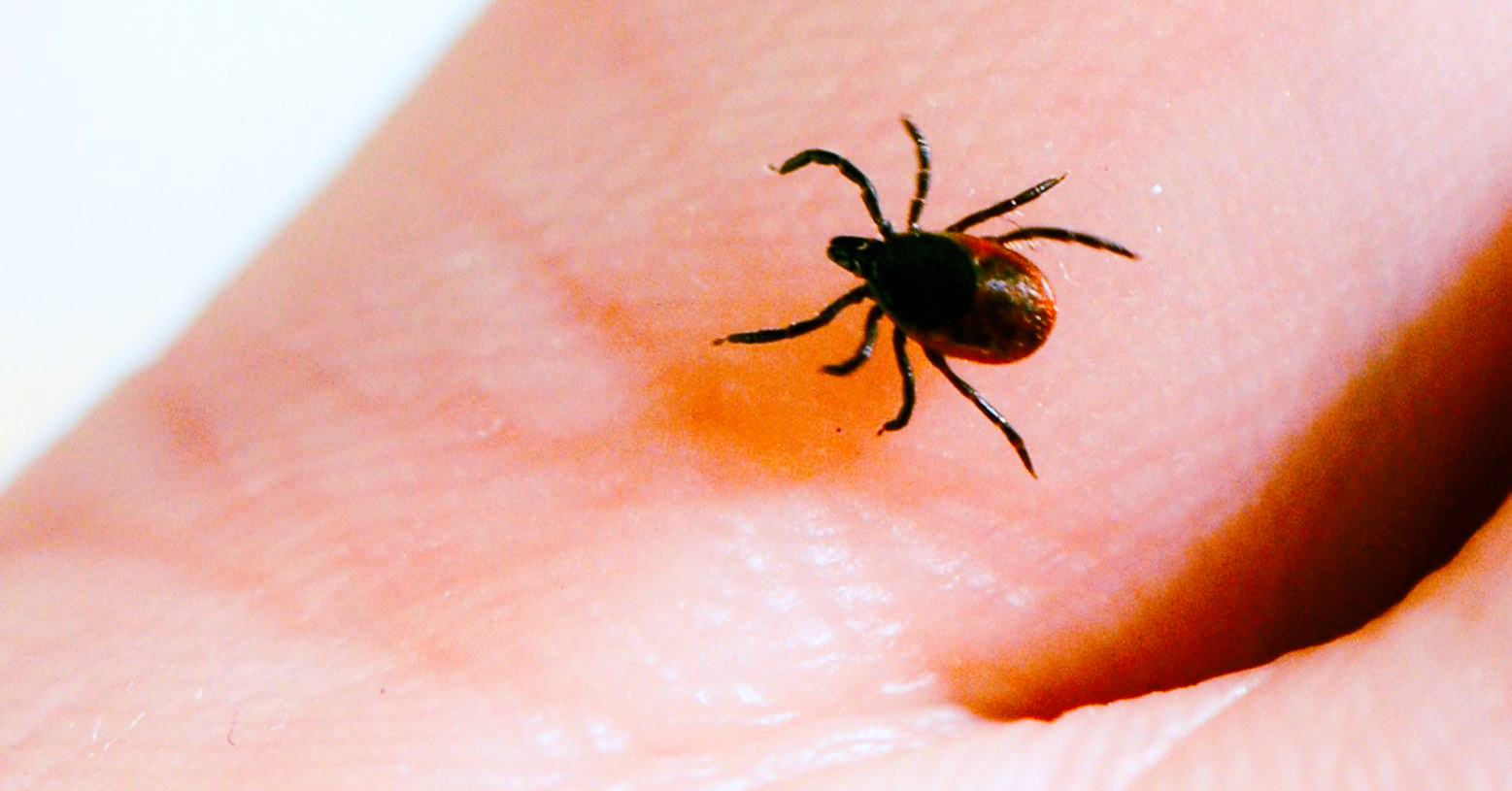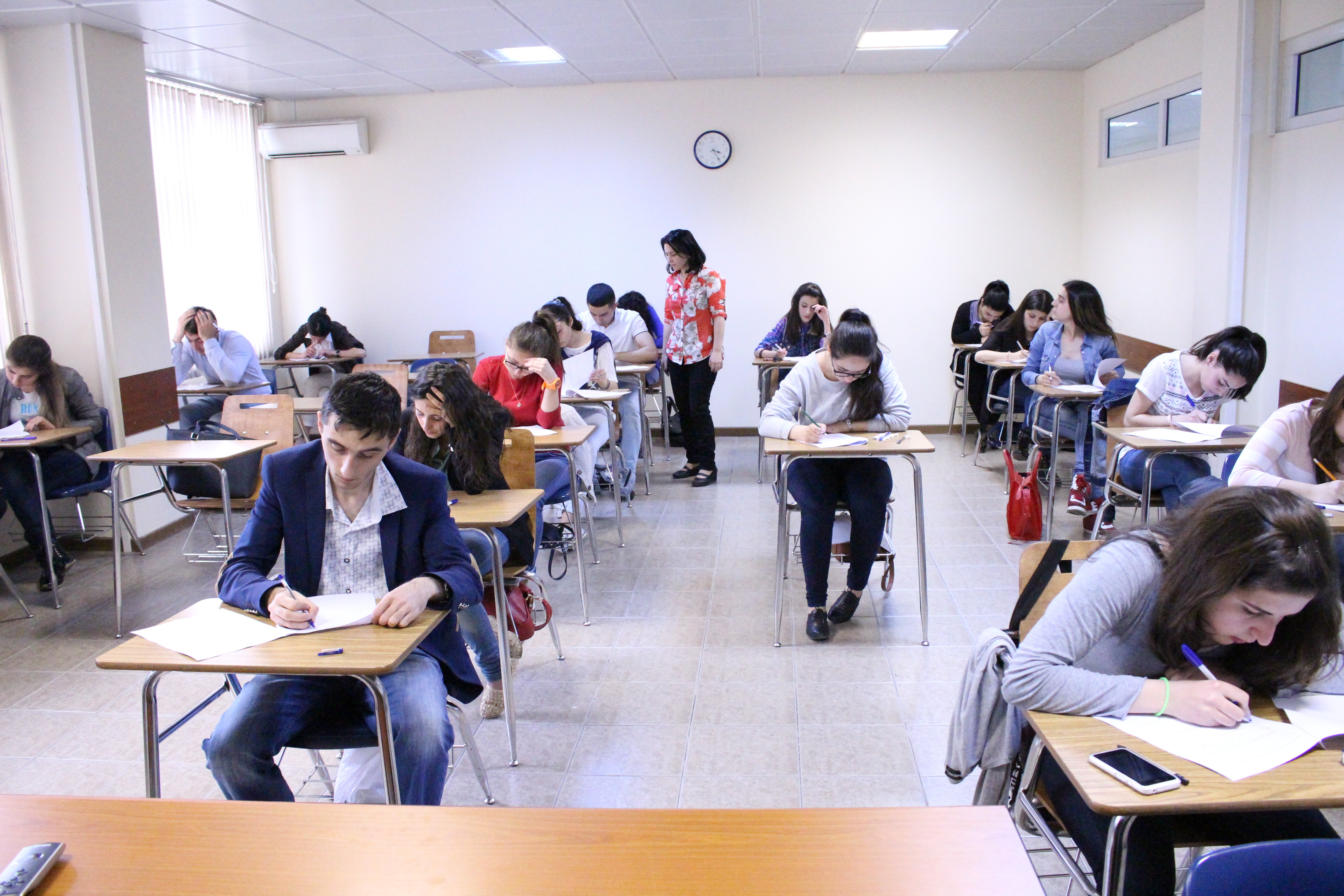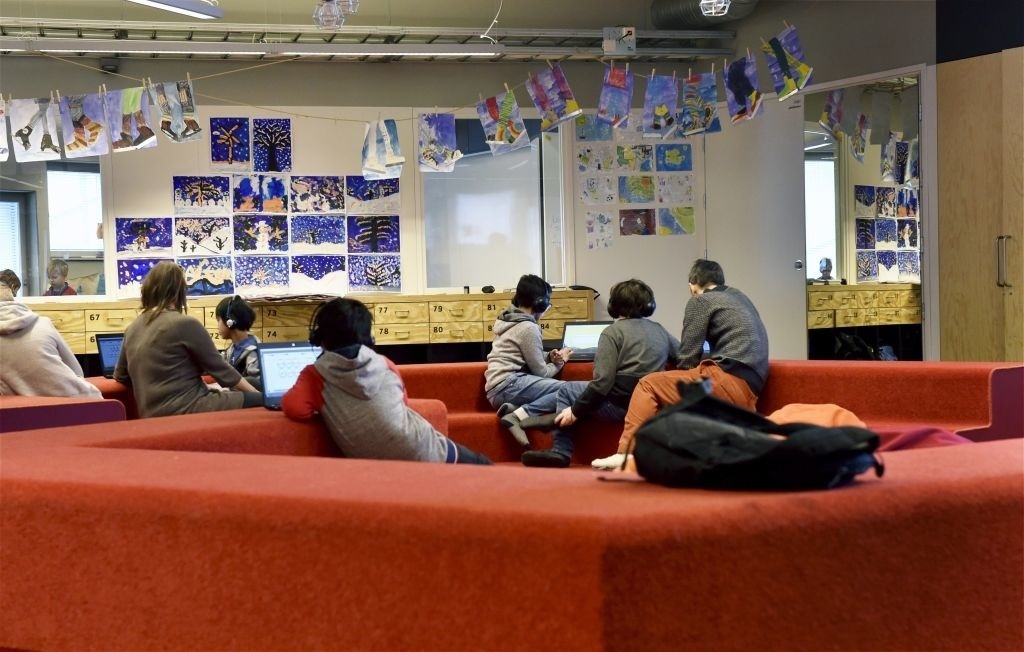testing
Scientists watch as mice mouse around an onscreen maze.
Examining the differences between anxiety and COVID-19 symptoms and discussing the possibility of IAD (illness anxiety disorder) during a global pandemic.
Estonia has combined a belief in learning with equal-access technology to create one of world’s best education systems.
How students apply what they’ve learned is more important than a letter or number grade.
▸
4 min
—
with
Two types of thinking have a time-sharing deal going on in your brain.
When measuring for the future, there is much to consider.
▸
5 min
—
with
The science of learning is decades ahead of the education system. How can we bring education into the present?
▸
7 min
—
with
Considering the U.S.’s history of biological warfare, maybe this theory isn’t as crazy as it sounds.
Finland’s recent decline in international test scores has led many to question whether its education system is truly the best.
Finland and the U.S. have chosen opposing answers to the question of how much standardized testing is too much.
The key to Finland’s success is to view education not as a privilege, but a right.
A new study takes a fresh look at the mechanics of forming habits.
No standardized tests, no private schools, no stress. Finland’s education system is consistently ranked best in the world. Why isn’t America copying it?
If you want to be a memory champion, this test is a good way to get started. Then maybe we can get a start on curing Alzheimer’s.
